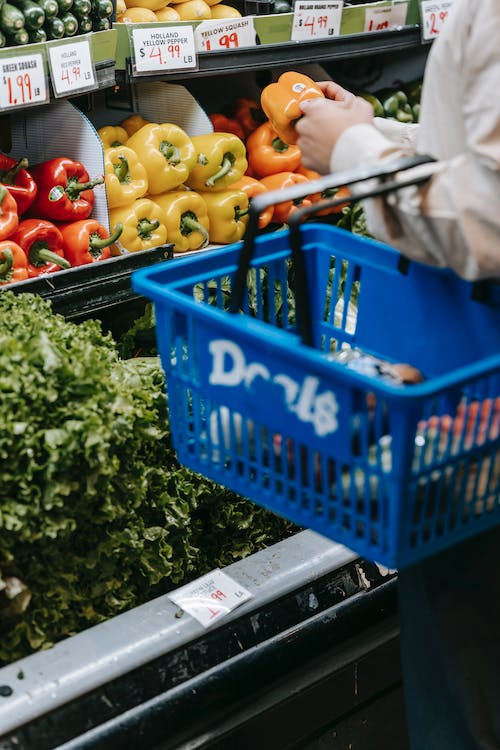People of the modern world have a hard time thinking about living without electricity because we use it for everything. Even an hour of a power outage can bring about panic and complaints. The loss of the electrical grid is one of the most challenging survival scenarios a society may face. While it’s not essential for the survival of an individual, it is for a society.
For domestic uses of electricity, one of the most important ones is refrigeration. We depend on the fridge to keep our stored food fresh and cool. Without it, foods would spoil a lot easier. But if we come to think about it, people survived and enjoyed the food even before electric power and the modern refrigerator. If you’re going off the grid or getting prepared for disasters, we have to rediscover methods of keeping food cool and finding alternatives in case the fridge won’t work.
Here are a couple of ways to keep food cool even when you can’t count on the fridge:
1. Store food underground
Long before there was electricity and refrigeration, people knew they could keep their food cool by storing it underground. People who have caves or wells in their property use it for food storage. Pitchers of milk, sides of meat, cheese, and other foods were kept cool by hanging them down in the well.
This idea evolved into the root cellar, a common feature in houses during the country’s pioneering days. Root cellars are man-made caves that are carved out of the ground for keeping food cool. This idea is a long-term food storage option if in case you decide to live off the grid.
2. Use a cooler or icebox
This is the method most people today are familiar with. Styrofoam ice chests are the cheapest option and the lightest one, if you’re going to bring it somewhere. However, it’s a less effective option. Going for plastic and metal coolers are the next step up, which is great for camping trips, fishing, and hunting. However, both of these things need ice. Since ice melts easily, this method of cooling food is only preferable for short-time food storage. For best results, use dry ice because it maximizes cooling and doesn’t liquefy as it gets warm. Just make sure that the cooler you have works with dry ice.
Even before the refrigerator was invented, people were keeping food cool using an icebox. Back then, ice was delivered every few days by an iceman who brought it from the warehouse they call “ice house.” The ice was harvested in the lakes during the winter and stored in a well-insulated area until warmer weather. If you’ve seen Frozen, you are familiar with this concept, as the movie featured workers harvesting ice in the first scene.
3. Use running groundwater
Freshwater from a cool stream, or better yet, a fresh runoff from melting snow, is a great thing to use when cooling your food in the wilderness. This is a trick used by campers and backpackers for many years. Running groundwater stays cool better than standing water due to evaporation, as the water’s movement exposes more of it to the air.
The downside to using this method is that there’s a chance of fish and other aquatic animals present that can munch on your food. To avoid this from happening, bring a container with you and put the food in there.
4. Create a makeshift evaporative refrigerator
Since evaporation cools the water, you can use it to cool food as well. All you need is to put food in a place where it’s surrounded by evaporating water. You can easily accomplish this method by wrapping the fabric around a shelving unit and wetting it down. There you can place your food. You will need to add water from time to time.
However, for this to work, you need to be in a dry climate. If there are high levels of humidity, the amount of evaporation is lowered, which in turn lowers the effectiveness of this method.
5. Use a zeer pot
The zeer pot is a primitive cooler, but quite effective. It’s still used in some parts of the world today. It makes use of two unglazed ceramic pots (one must fit inside the other). The smaller pot is placed inside, the larger pot, and the gap between them is filled with sand. The food to be stored is placed inside the inner pot, and water must be poured into the sand. Then, the pots are covered with a wet cloth or a ceramic lid.
Since the pots are unglazed, the water will soak through them and wet the clay. The water on the surface of the outer pot will evaporate, cooling the pots and its contents. The cover will help increase overall cooling and keeps the food inside fresh.
